| About the interactions I'll just say that Chris Judge, Brent Burgin, and Beckee Garris of the center were almost staggeringly helpful and hospitable. About Burgin I have told you a bit here -- he walked with me in some memorable territory where we learned about Piedmont geology and gave me a piece of Catawba pottery I cherish. Judge joined me on a walk on Ivy Place, where we discussed land use and a bit of Catawba history. Most important, though, he introduced me to a bunch of area tribal higher-ups, among whom was Jered Canty, economic development assistant at the Catawba Nation. Canty took a walk with me along the Catawba River on the Catawba Indian Reservation that I will not soon forget. |
That stopped the woman for a moment, nonplussed, and I looked at him. Wearing a denim shirt, tight black jeans, and turquoise earrings, he had his thick, shiny black hair done into twin tight braids, one cascading down over each shoulder, framing the necklace of turquoise beads that hung on his chest. He could not have looked more like the white person’s stereotype of an Indian if he had been gazing at roadside litter with a single tear coursing down his cheek. The woman looked at him, and he smiled. “Chevrolet is the heartbeat of America,” he said. “Haven’t you seen the commercial?”
The woman gave a wan smile and carried on with her presentation. As for me, I had a new best friend. That was Jered Canty, and he was at that moment engaged in a campaign to be elected Assistant Chief of the Catawbas. He shook my hand and happily agreed to meet me at the Catawba reservation the next day and walk with me along the Catawba River on his reservation and tell me stories.
| According to various censuses either taken or calculated before Lawson’s time, the Catawbas were the biggest tribe in the Piedmont, numbering 6,000 or so members in the century before Lawson came. Nearby tribes -- the Sugeree, Wateree, Congaree, Waxhaw, all mentioned by Lawson as he moves through -- probably numbered another couple thousand, though all would have been depleted by the time Lawson showed up, victims of the four riders of the Settler Apocalypse: slavery, disease, dispossession, and alcohol. By Lawson’s time the number may have dropped to below 2,000, according to a chart in the Native American Study Center. By the time of King Hagler, whose story we had learned in Camden, the number of Catawbas had probably diminished to less than a thousand. So when in 1760 Hagler managed to get the crown to cede title to 144,000 acres of land, fully supported by survey and deed, that seemed like a godsend to the remnants of the tribes that were by then fully banded together as Catawba. (The original name of the group was yeh is’wah h’reh, meaning people of the river; Lawson mentions the Esaws, which were probably a part of the people, though he talks of the Catawbas too; it was a complicated time.) |
Importantly, the federal government never bothered to ratify the treaty. In 1934 with the Indian Reorganization Act the United States began trying to develop a reasonable Indian policy, though by the mid-1940s the country had reverted to old habits and adopted the aptly if horrifically named Indian policy of termination. Indians were encouraged to leave reservations, tribes were declared dissolved, and their land was absorbed by the federal government. In 1959 the United States officially ceased to recognize the Catawba tribe. In 1973 organized Catawbas began to fight back -- emerging from hiding, from diaspora, and from poverty much like the Santees' Peggy Scott described to us and filing for recognition. And in 1993 the Catawbas once again attained federally recognized status -- and a settlement of $50 million for the government’s failure to protect the tribe when the 1840 treaty came around. The current reservation, across the Catawba River and northwest of Lancaster, contains less than 5 square miles.
So how's that for backstory? Given which I can scarcely categorize Jered Canty's willingness to walk with me along the river as anything other than an act of hopefulness and belief.
| | And, meanwhile, the Catawbas are tough customers. Their pottery remains beautiful as far as I can see, and they don't give up easy. Beckee Garris, who works at the Center, told me stories about her family growing up Catawba, and she told me about her experiences teaching Catawba language to kids on the reservation. Sometimes you meet people and you just don't even know how much you can admire them. It was some time ago, but thanks, Catawbas. And keep holding on. Maybe the rest of us can learn from you. |
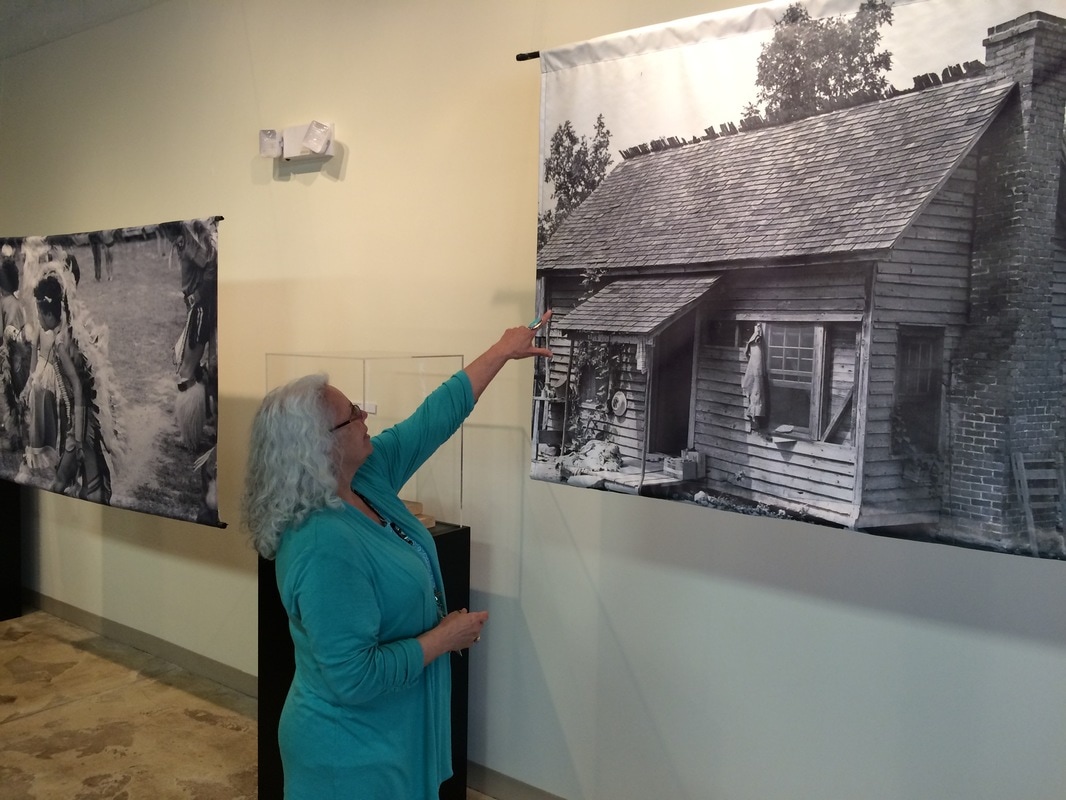
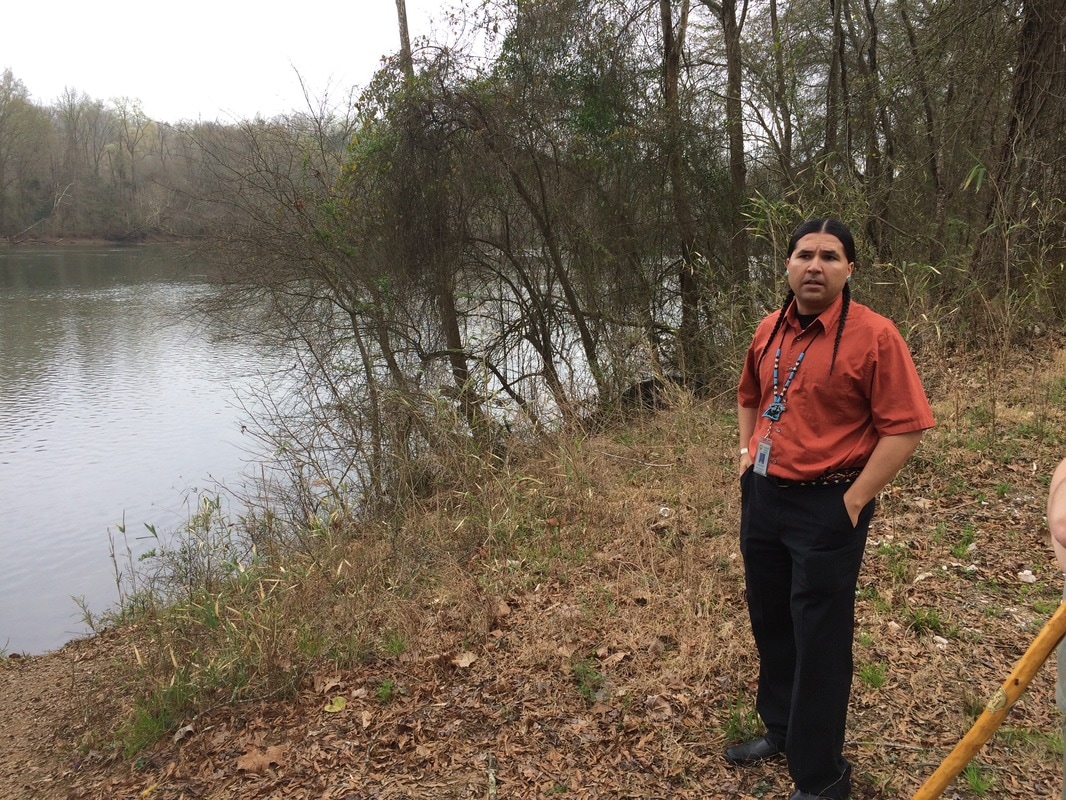
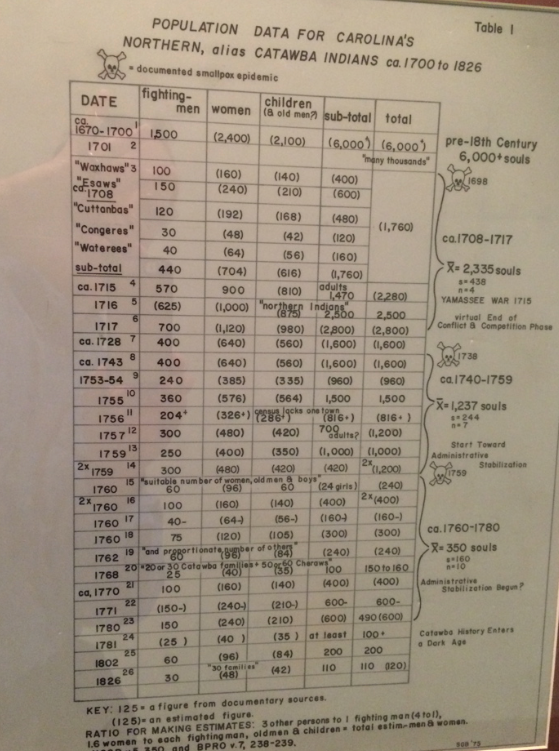

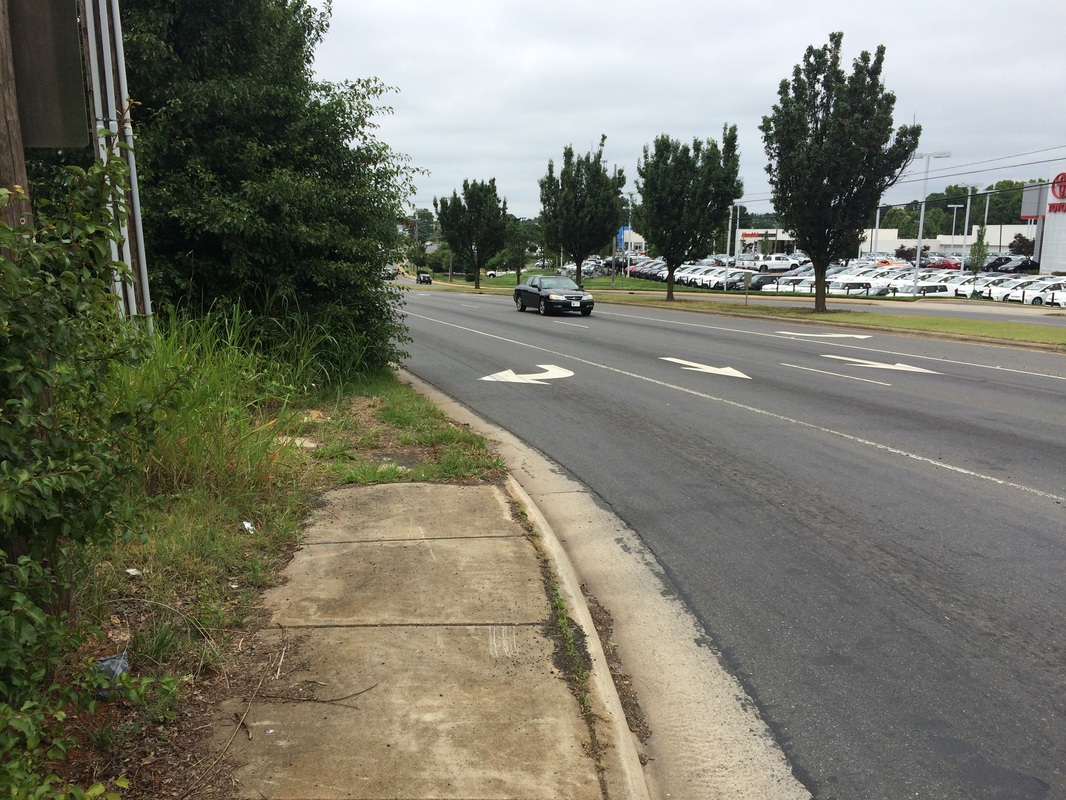
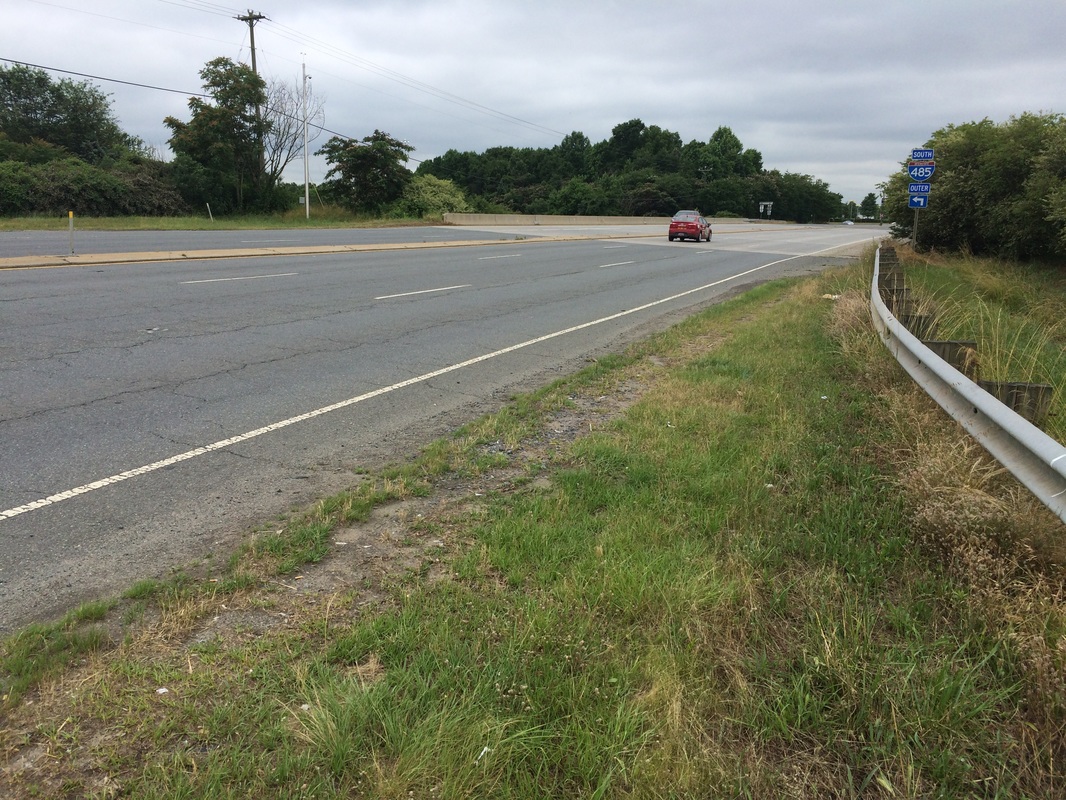
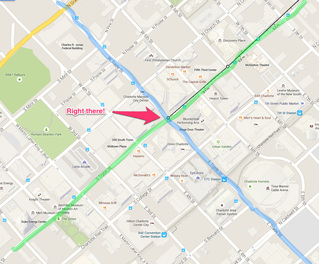
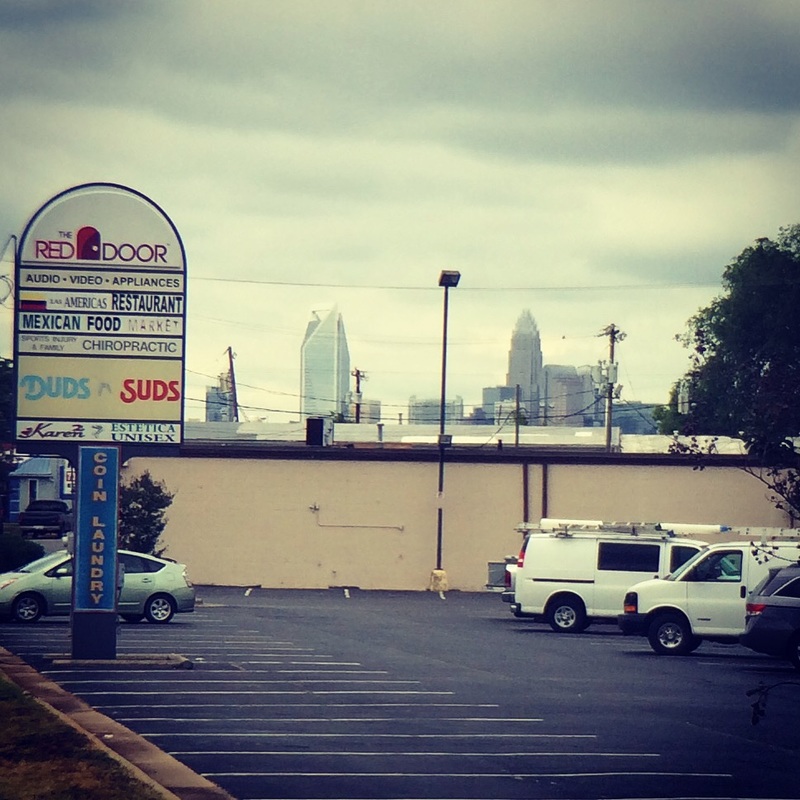
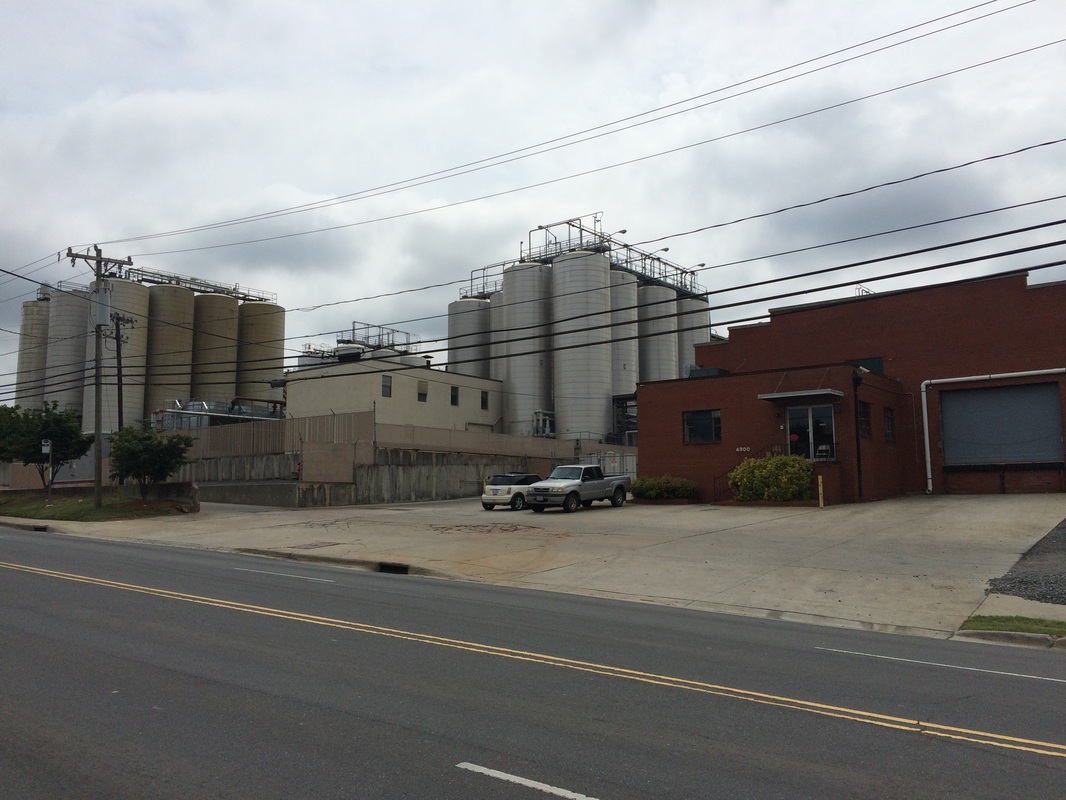
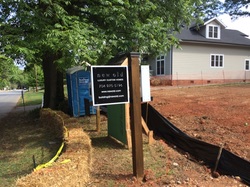
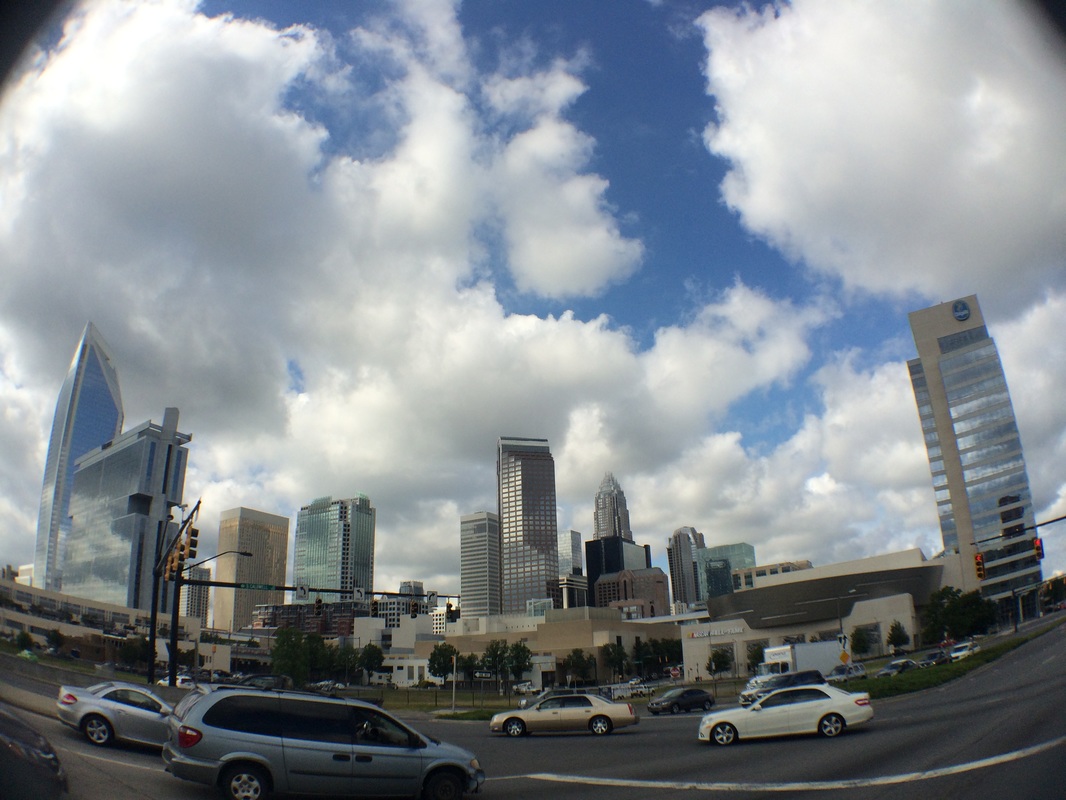
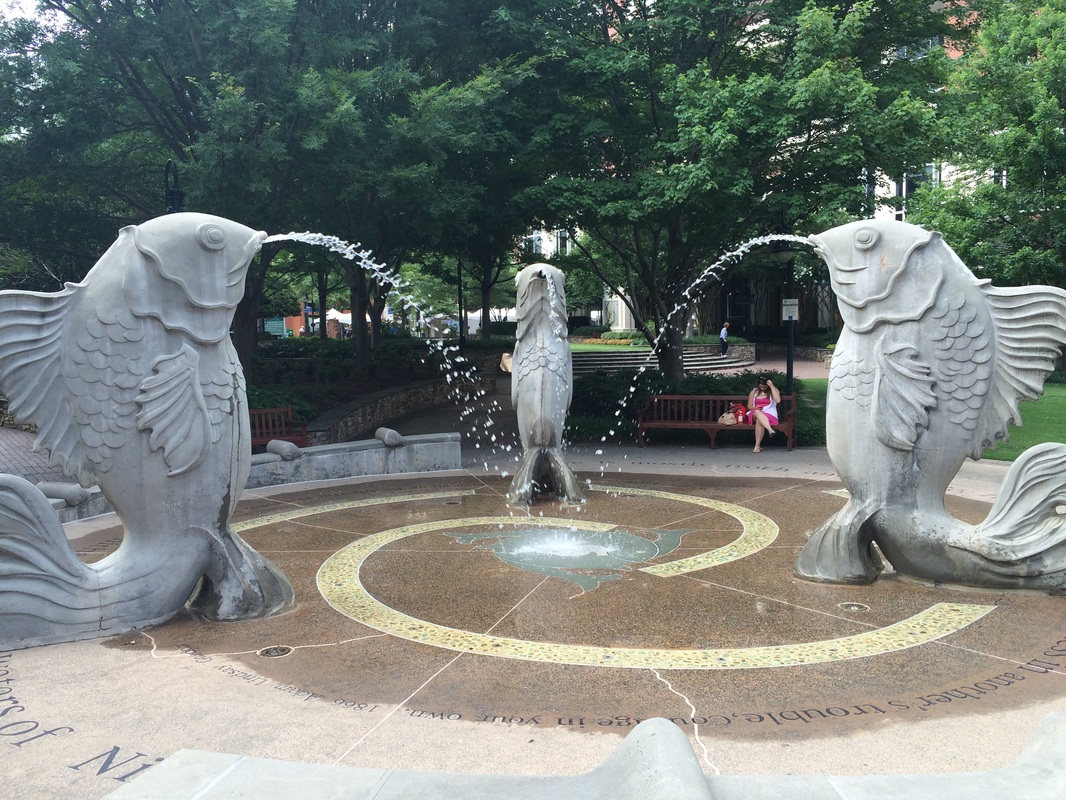
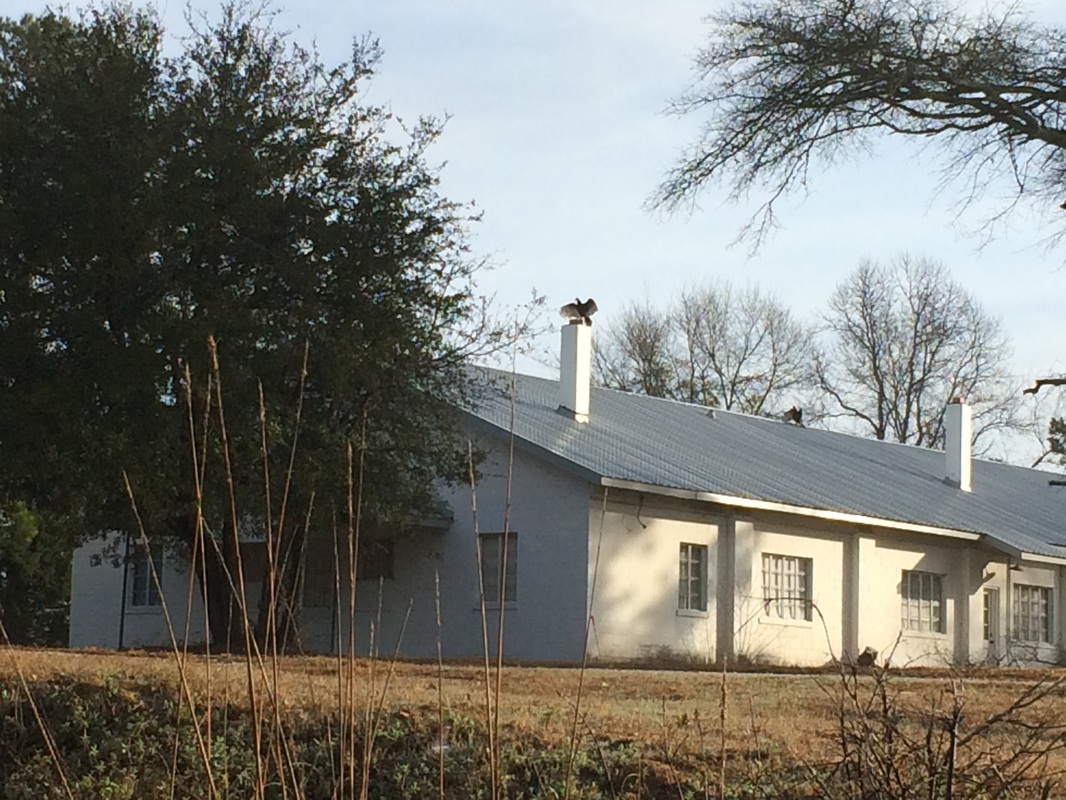
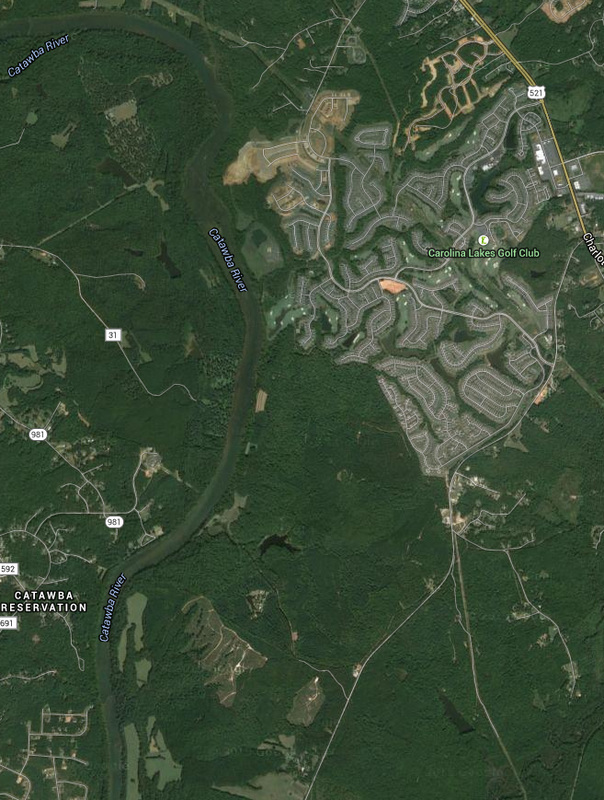
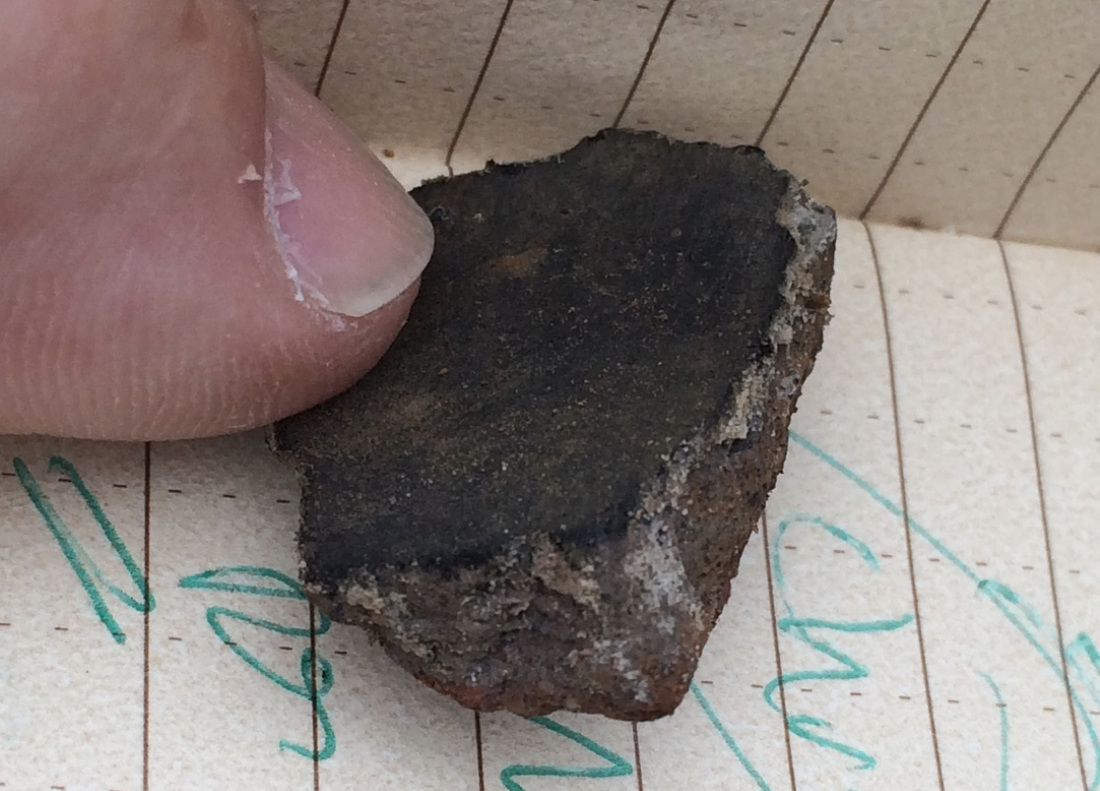
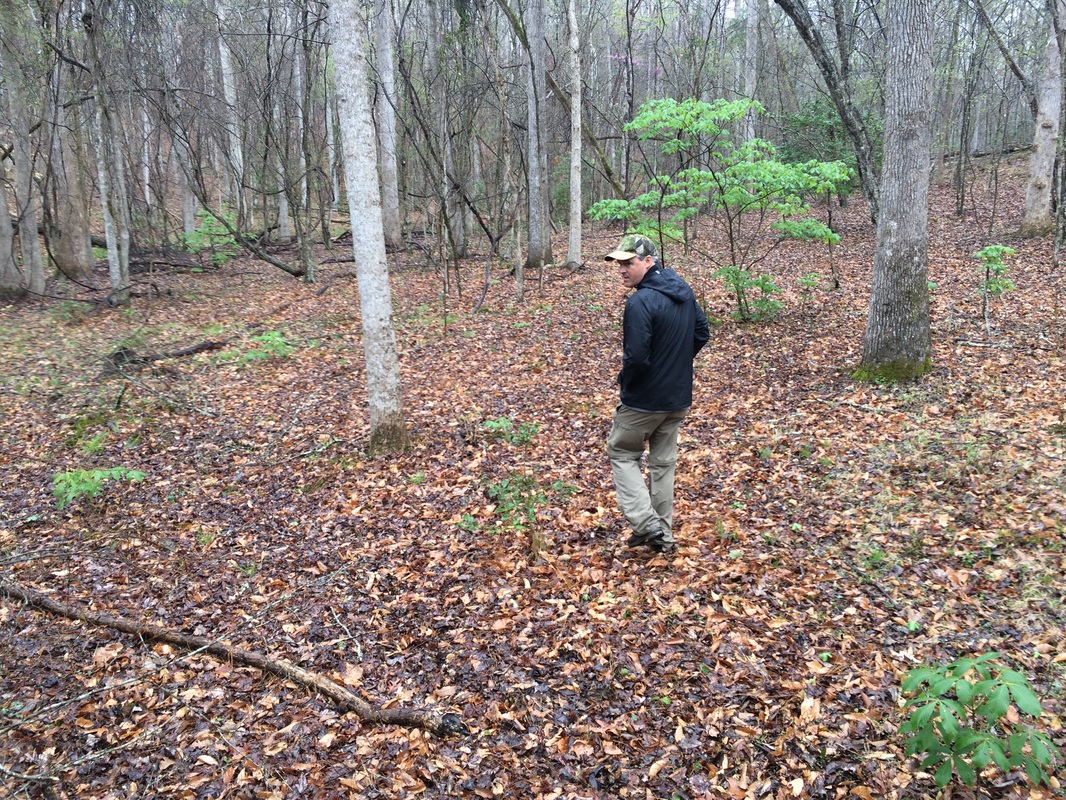
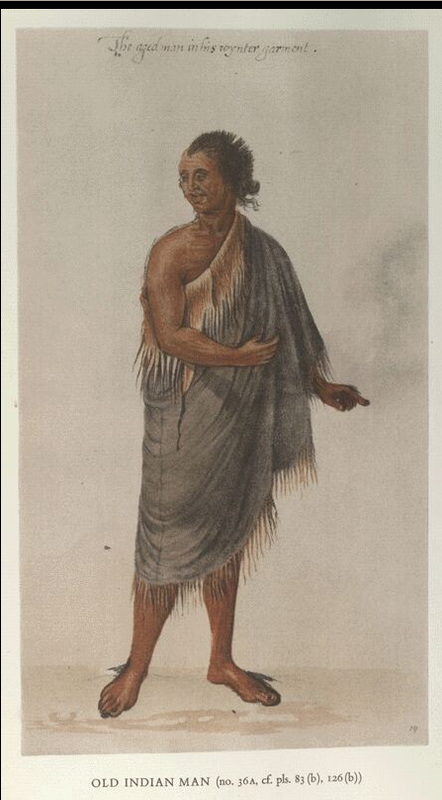
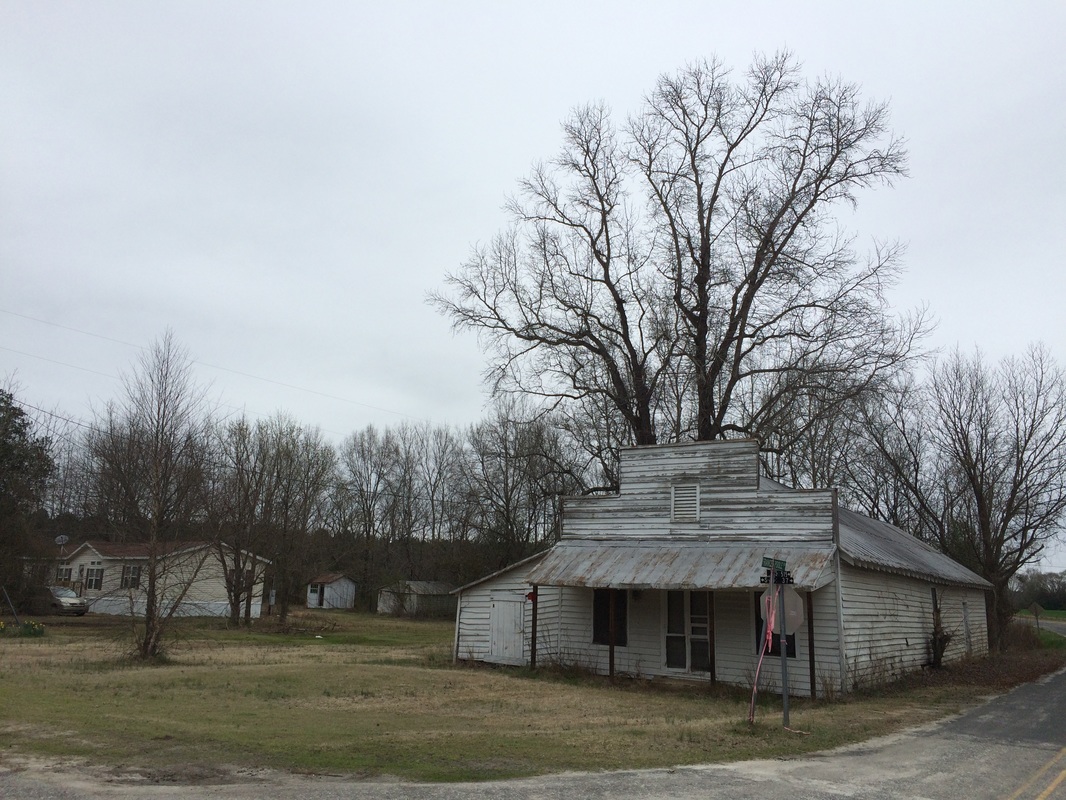
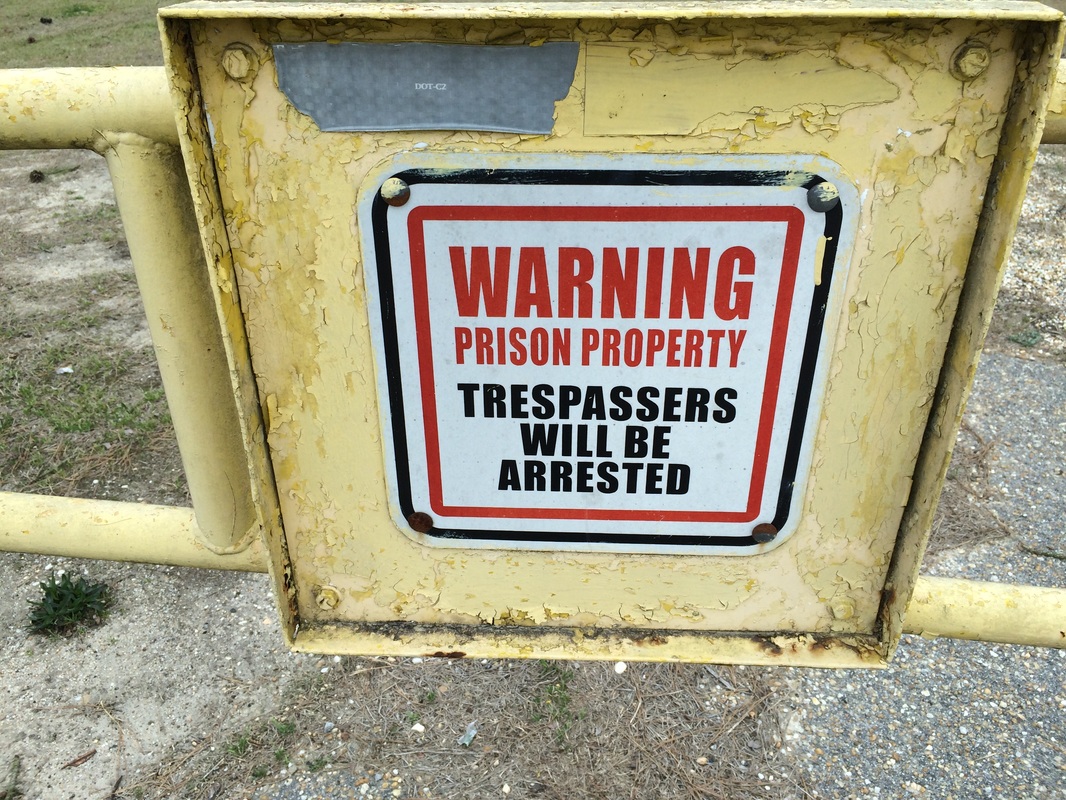
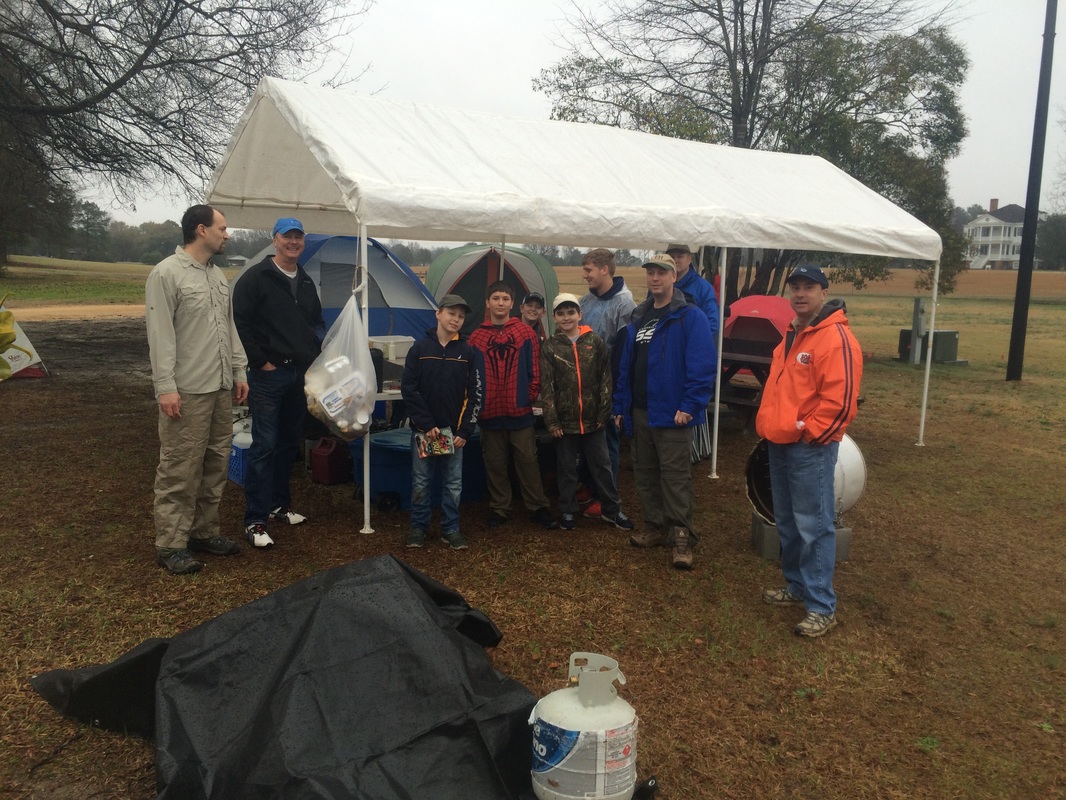
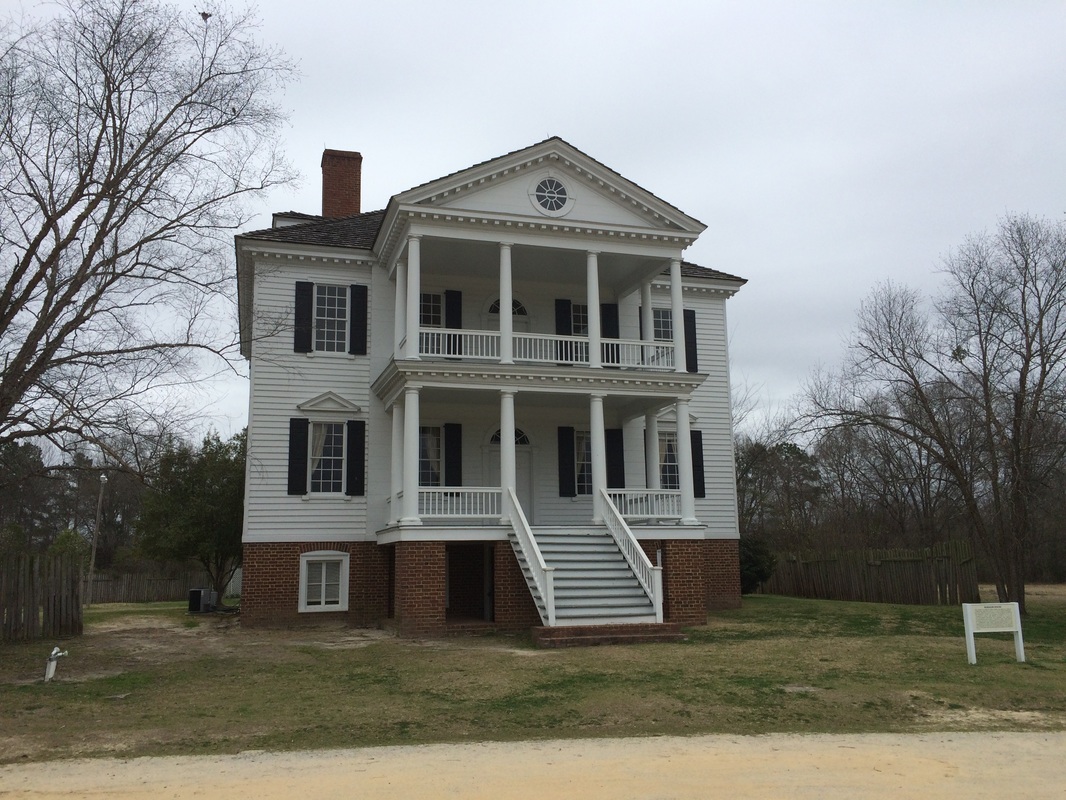
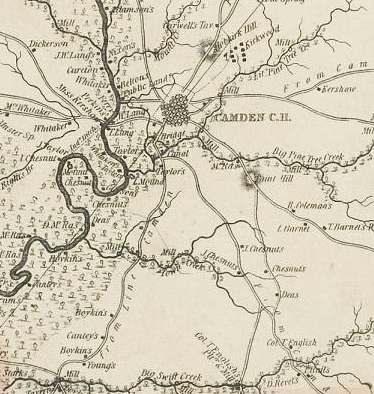
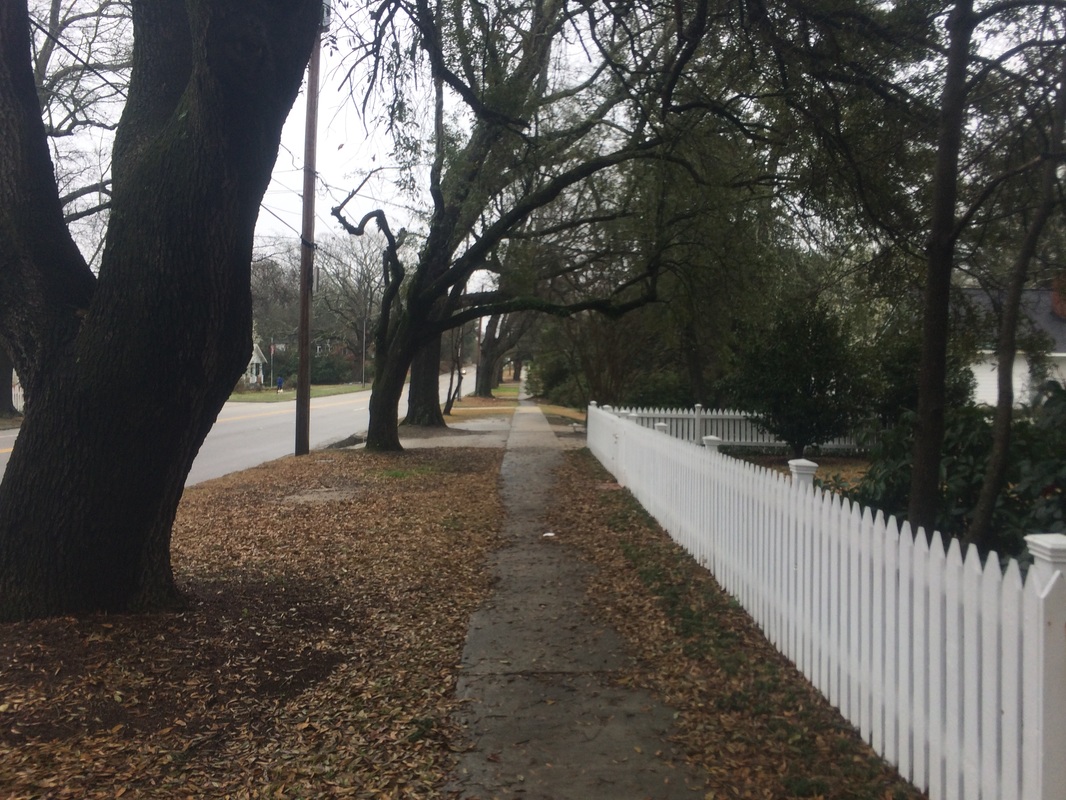
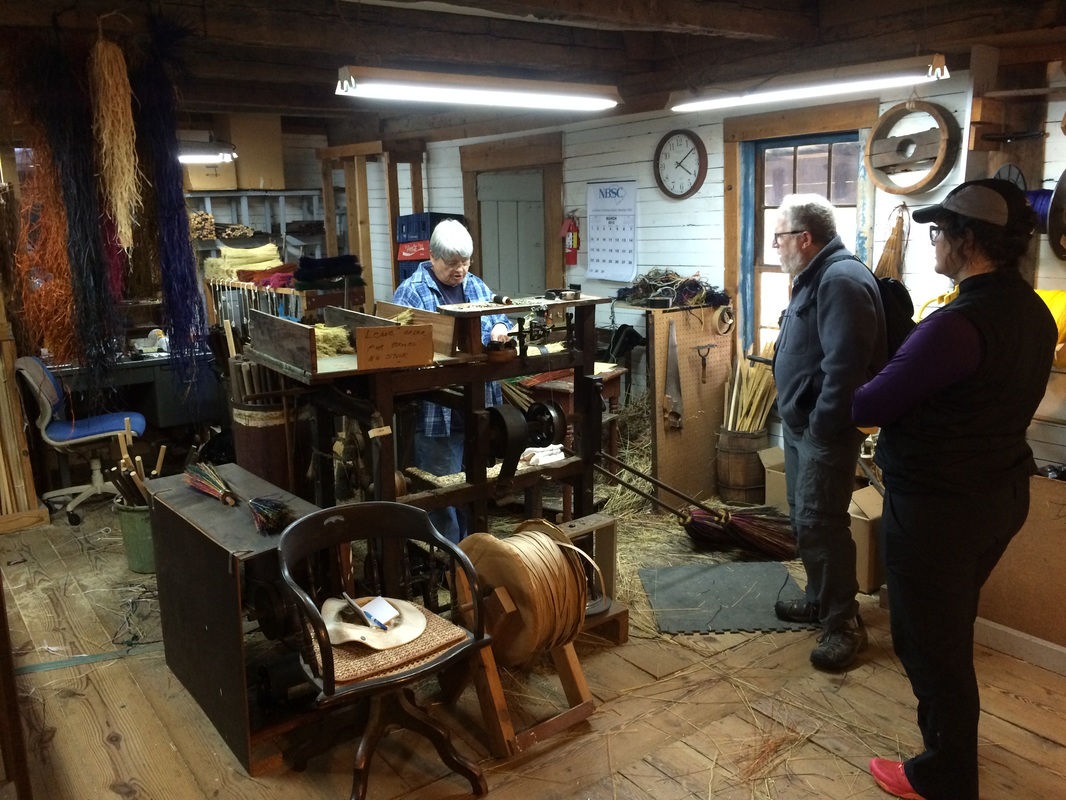
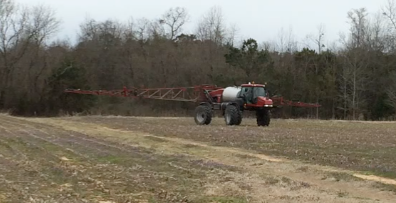
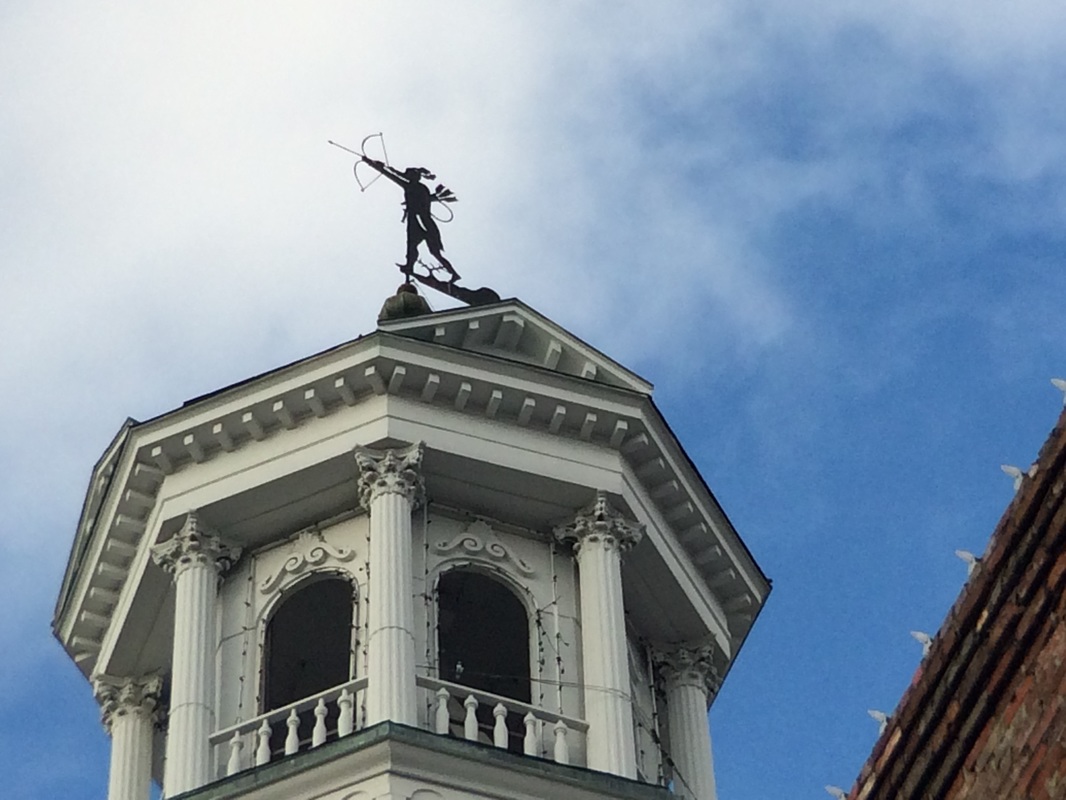
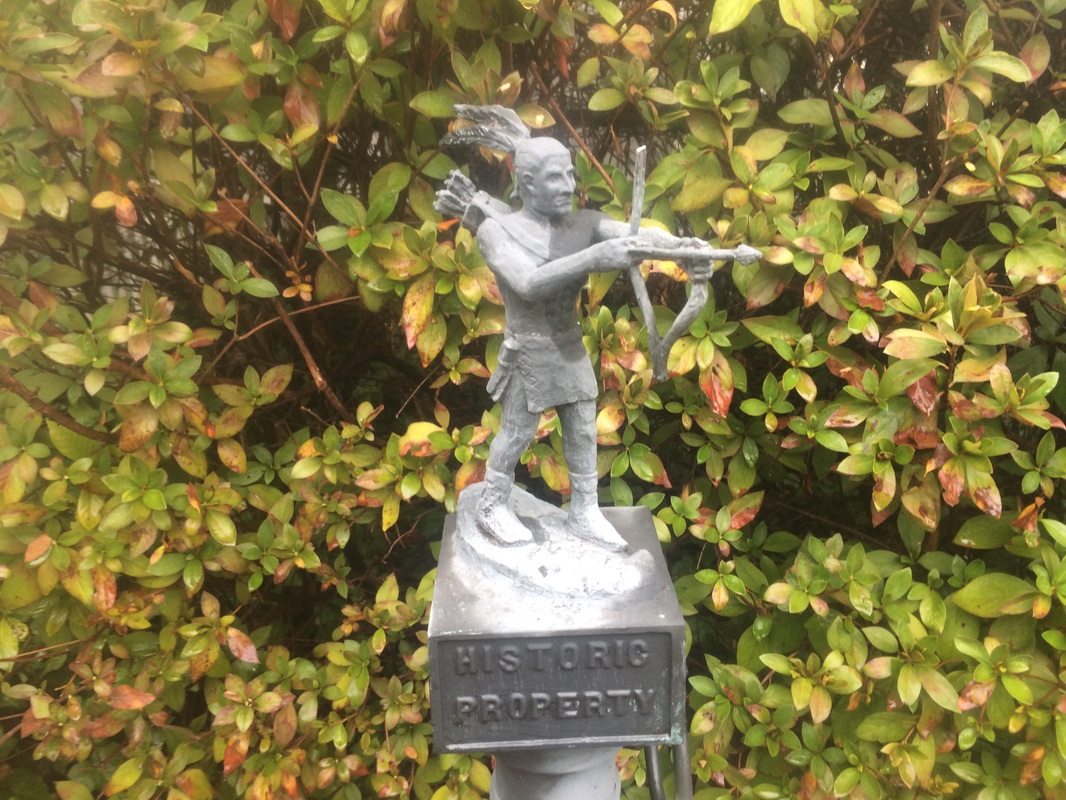
 RSS Feed
RSS Feed